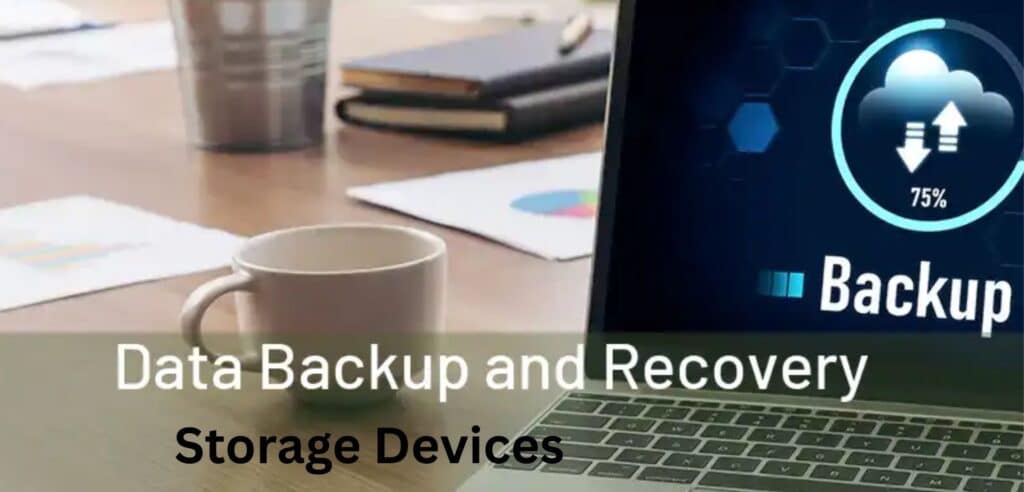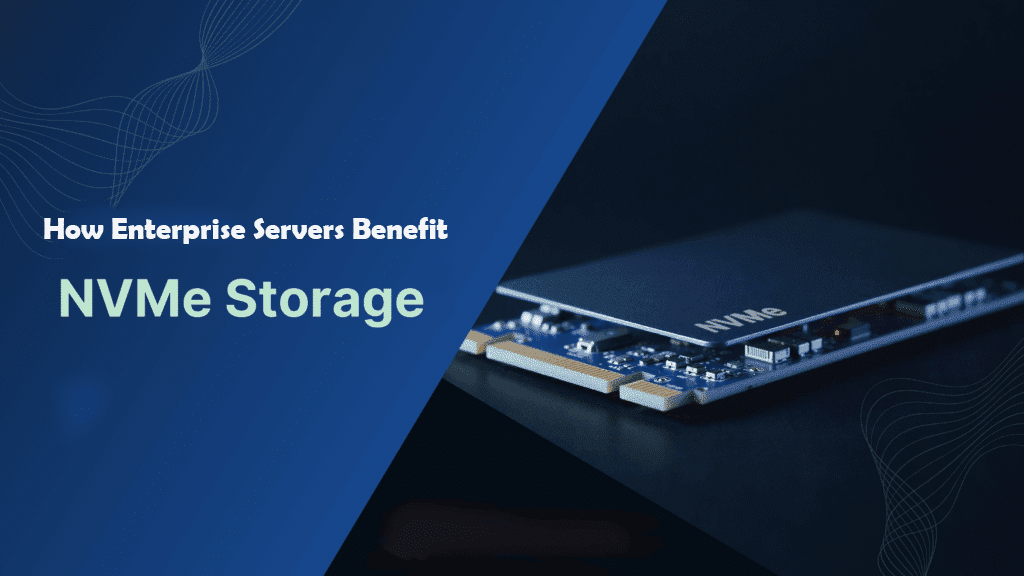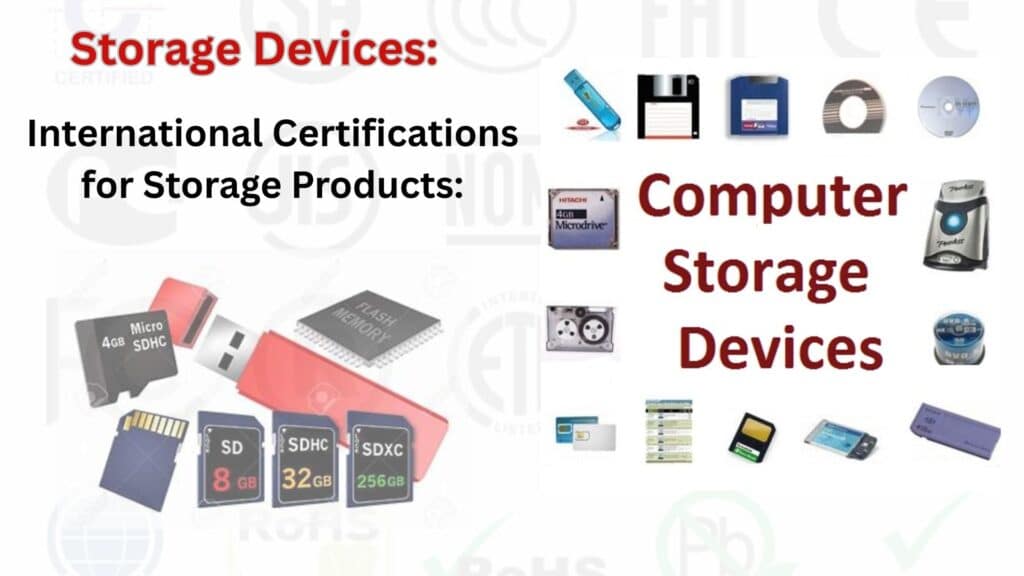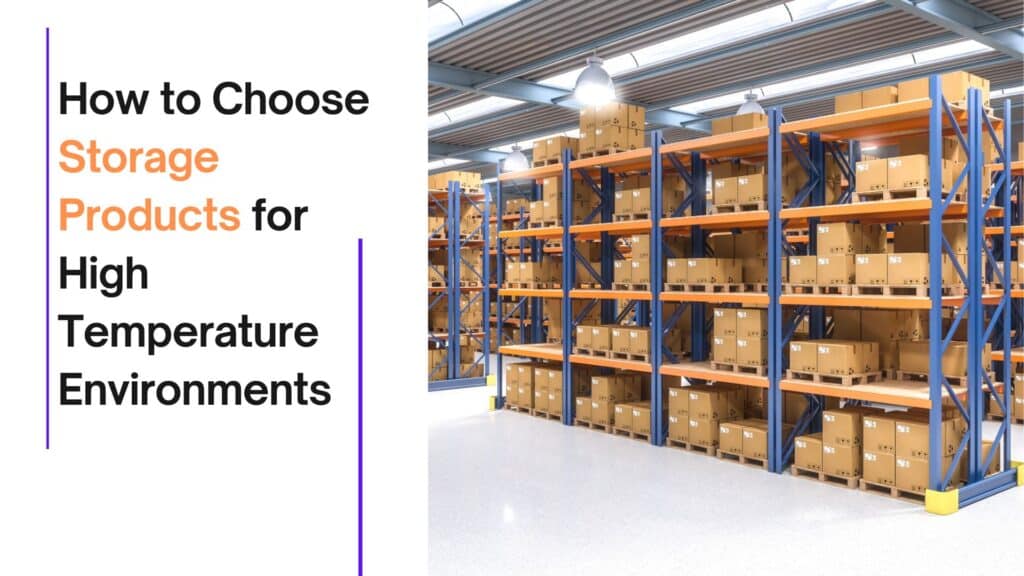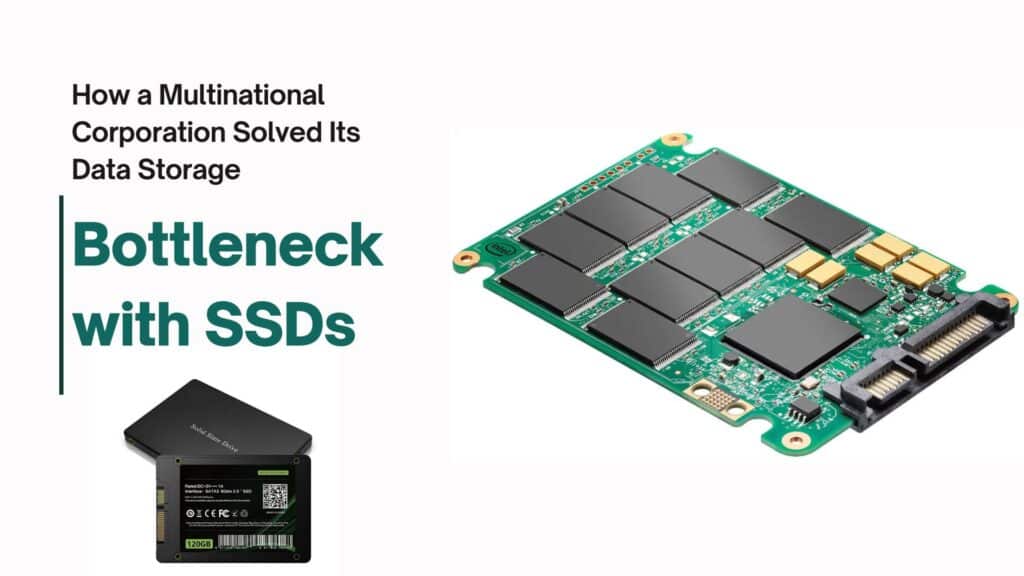The Top 5 Technology Trends in the Storage Industry in 2025
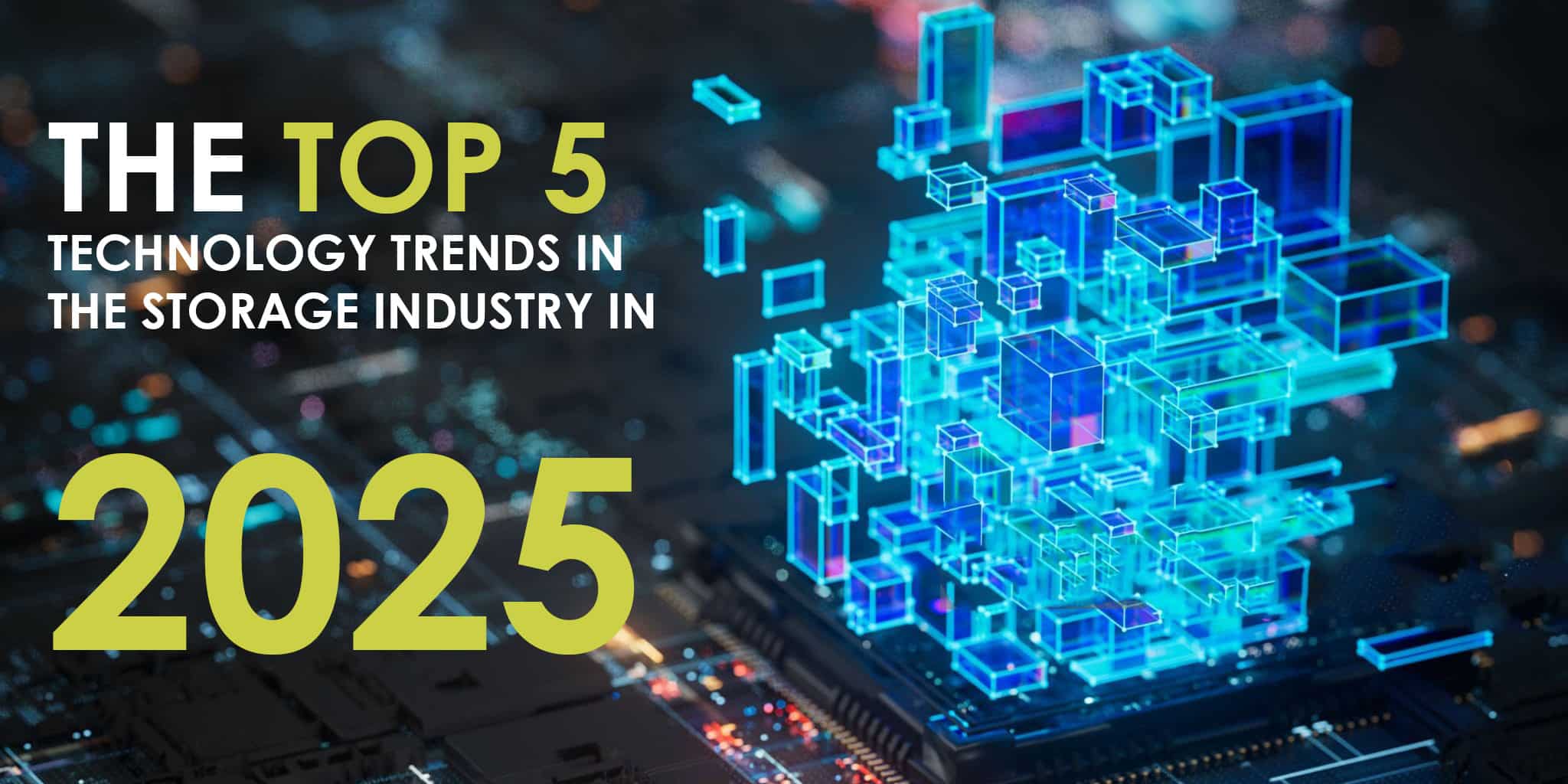
Introduction:
The storage industry is rapidly evolving, and in 2025, several cutting-edge storage technologies Top 5 Technology are expected to shape the future of data management. As digital content continues to grow exponentially, businesses and individuals alike must stay ahead of trends like NVMe SSDs, AI-driven storage management, and 3D NAND technology. These technologies offer higher performance, greater capacity, and improved reliability for users and organizations. This article explores the top 5 technology trends that will define the storage industry in 2025, showcasing how these innovations will impact both the consumer and business sectors.
Here are the Top 5 Technology trends revolutionizing the industry in 2025.
1. Top 5 Technology trend 1 NVMe Over SATA: The Future of SSD Performance
The Top 5 Technology NVMe SSDs have taken the lead over traditional SATA SSDs, offering significant performance improvements. NVMe, which stands for Non-Volatile Memory Express, is a high-speed interface that delivers faster read and write speeds compared to the older SATA interface. For businesses dealing with large volumes of data, the move from SATA to NVMe is essential for enhancing productivity and reducing latency.
NVMe SSDs leverage the PCIe (Peripheral Component Interconnect Express) bus to achieve transfer rates of up to 7,000 MB/s, far exceeding SATA’s maximum of 600 MB/s. This makes NVMe SSDs the ideal solution for gamers, content creators, and enterprise applications where speed is paramount. The growing demand for high-performance systems will drive further innovation in NVMe storage devices, cementing their place as the future of SSD technology.
Benefits of NVMe-oF:
- Lightning-Fast Speed: NVMe-oF reduces latency and speeds up data transfer between storage devices and servers.
- Scalability: Unlike traditional storage protocols, NVMe-oF enables seamless scaling across distributed environments.
- Optimized Cloud Performance: NVMe-oF accelerates cloud workloads, making it ideal for AI, analytics, and high-performance computing (HPC).
- Lower Latency than Traditional SSDs: Compared to SATA and SAS, NVMe-oF delivers significantly lower latency, improving responsiveness.
Enterprises looking for high-speed, scalable storage solutions are increasingly adopting NVMe-oF in their data centers.
NVMe-oF is one of the Top 5 Technology trends improving data center performance and scalability.
2. AI-Driven Storage Solutions
Artificial intelligence (AI) is making its mark across various industries, and the storage industry is no exception. AI-driven storage management systems can optimize data storage by predicting workloads, automating backups, and identifying potential failures before they occur. These intelligent systems will reduce human intervention, lower operational costs, and ensure smoother performance.
By leveraging AI algorithms, data can be efficiently stored and retrieved, while resources are allocated dynamically based on real-time analysis. This predictive capability will also enhance the durability of storage devices, enabling them to handle higher data volumes without compromising on performance. AI-powered systems will be a game-changer in the storage industry, especially as data management needs continue to scale with advancements in technology.
Artificial Intelligence (AI) is playing a crucial role in optimizing storage infrastructure. AI-driven storage solutions enhance efficiency by:
- Predicting Failures: AI-based monitoring systems analyze usage patterns and predict hardware failures before they occur, reducing downtime and maintenance costs.
- Automating Data Management: AI optimizes data placement, automatically moving less frequently used data to cost-effective storage tiers while ensuring high-speed access to critical data.
- Enhancing Performance: AI-powered caching and load-balancing mechanisms ensure faster data retrieval and reduced latency in enterprise storage systems.
- Energy Efficiency: AI improves power consumption by dynamically adjusting storage resources based on workload demands.
3. Top 5 Technology The Rise of 3D NAND Technology
As storage demands increase, 3D NAND technology is emerging as a key player in providing higher capacity and lower cost per gigabyte. Unlike traditional 2D NAND flash, 3D NAND stacks memory cells vertically, allowing for greater storage density in a smaller footprint. This breakthrough makes it possible to build SSDs with higher capacities without significantly increasing their physical size.
The evolution of 3D NAND is expected to play a vital role in reducing the cost of storage devices while improving their performance. As 3D NAND becomes more widespread, it will lead to a new era of cost-effective, high-capacity SSDs that are accessible to both consumers and businesses. Expect to see larger SSDs at competitive prices, helping to meet the needs of data-heavy applications.
4. Quantum Storage: The Next Frontier Top 5 Technology
The future of storage may soon include quantum storage, a revolutionary approach to data storage based on the principles of quantum computing. Quantum storage systems leverage quantum bits (qubits) to store and process information exponentially faster than current storage technologies. While still in its infancy, quantum storage has the potential to revolutionize how data is stored and accessed.
In 2025, quantum storage may still be in early testing phases, but its potential for massive data storage could be a game-changer for industries that rely on processing large amounts of data, such as healthcare, finance, and scientific research. The promise of quantum storage lies in its ability to provide near-instant access to vast amounts of data, which would be critical as the world moves toward data-driven decision-making.
5. Top 5 Technology Eco-Friendly Storage Solutions
As sustainability becomes a growing concern in tech, eco-friendly storage solutions are gaining traction in the storage industry. Consumers and businesses are looking for ways to minimize their environmental impact, and storage manufacturers are responding by producing more energy-efficient devices. Recycled materials, low-energy consumption, and eco-friendly manufacturing processes are key aspects of this trend.
For example, eco-friendly storage solutions often utilize green technologies such as low-power NAND flash and optimized energy consumption algorithms to reduce overall carbon footprints. As sustainability becomes a key factor in purchasing decisions, expect to see a significant rise in the adoption of eco-friendly storage devices in the coming years.
6. DNA Data Storage: The Future of Archival Storage Top 5 Technology
With the exponential growth of data, traditional storage media such as hard drives and SSDs are reaching their limits. DNA-based storage is emerging as a game-changer due to its ultra-high density and longevity.
How DNA Storage Works:
DNA storage encodes digital information into synthetic DNA strands, which can be stored for thousands of years without degradation. Unlike traditional storage, which consumes massive energy, DNA storage requires minimal power, making it a sustainable and eco-friendly solution.
Benefits of DNA Data Storage:
- Incredible Density: One gram of DNA can store nearly 215 petabytes of data.
- Long-Term Durability: DNA can remain stable for thousands of years without degradation.
- Sustainability: Unlike traditional storage media, DNA does not require large data centers or cooling systems, reducing environmental impact.
While DNA storage is still in the research phase, advancements in synthetic biology and sequencing technology are making it more viable for long-term archival purposes.
7. Quantum Storage: A Glimpse into the Future of Data Storage Top 5 Technology
Top 5 Technology Quantum computing is not only revolutionizing computation but also paving the way for quantum storage, which has the potential to surpass traditional storage methods in speed, security, and capacity.
What is Quantum Storage?
Quantum storage utilizes quantum mechanics principles to store and retrieve information at an unprecedented scale. Unlike traditional storage, which relies on binary data (0s and 1s), quantum storage leverages qubits, allowing data to be stored in multiple states simultaneously.
Potential Benefits of Quantum Storage:
- Exponential Storage Capacity: Quantum storage could theoretically store and process vast amounts of data beyond current storage technologies.
- Ultra-Fast Retrieval: Quantum entanglement could enable near-instantaneous access to data across large distances.
- Enhanced Security: Quantum encryption provides unparalleled security, making data breaches nearly impossible due to quantum key distribution (QKD).
Although still in the early stages, quantum storage could redefine the future of data centers, cloud computing, and secure communication networks.
8. Sustainable and Green Data Storage Top 5 Technology
As global data centers consume massive amounts of energy, companies are focusing on eco-friendly storage solutions.
- Energy-Efficient SSDs: Top 5 Technology New SSDs consume 50% less power than traditional hard drives.
- Carbon-Neutral Data Centers: Cloud providers are investing in solar, wind, and hydro-powered storage facilities.
- Recyclable Storage Materials: Companies are developing biodegradable components for hard drives and flash storage.
Sustainability is becoming a major factor in the evolution of storage technologies.
9. Blockchain-Based Storage for Decentralization Top 5 Technology
Blockchain is transforming storage security and reducing dependency on centralized cloud providers.
- Tamper-Proof Data Storage: Data is cryptographically secured and cannot be altered or deleted.
- Decentralized Storage Networks: Platforms like Filecoin and Storj distribute data across a global network of nodes, reducing reliance on a single provider.
- Lower Costs: Users can rent out unused storage space for a fraction of traditional cloud storage costs.
Blockchain-based storage is ideal for privacy-focused applications, financial institutions, and secure document storage.
Conclusion:
The storage industry in 2025 is poised to experience Top 5 Technology major transformations, driven by NVMe SSDs, AI-driven storage systems, and 3D NAND technology. As businesses and individuals alike adopt these cutting-edge solutions, the storage landscape will continue to evolve to meet the growing demands for speed, capacity, and efficiency. Staying ahead of these trends will be crucial for anyone looking to leverage the full potential of data storage in the future.
As enterprises and consumers continue to generate vast amounts of data, adopting these innovative storage technologies will be essential for staying ahead in the digital era. The future of storage is not just about capacity—it’s about intelligence, speed, and sustainability.





